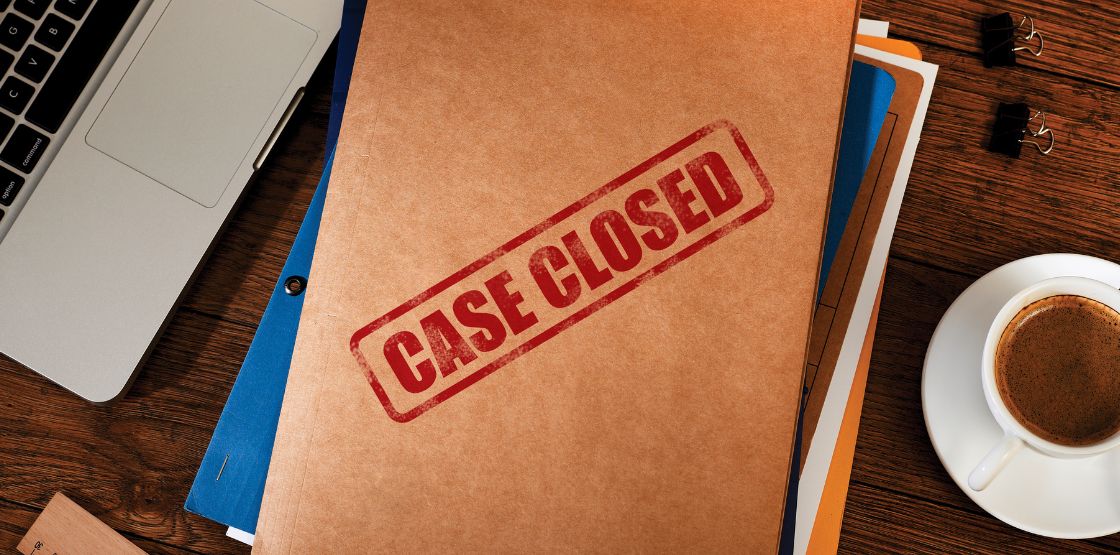Collecting visitor and customer data through a variety of channels allows you to quickly grow your contact list. When contact information comes in, your company is provided many new opportunities to expand your business. However, receiving high-quality data isn’t necessarily a given. After all, some visitors will enter bad contact data, such as bogus phone numbers, in an attempt to limit telemarketing calls; others may think they’re being funny by entering fake names such as Donald Duck or Homer Simpson; others might accidentally misspell a street name. Even autocorrect may change a legitimate entry, and some visitors may intentionally enter a bad address in an attempt to commit fraud.
Managing the effects of bad contact data is a surprisingly large cost for many organizations, involving a great deal of human intervention as well as diluted contact effectiveness. This is one area where an ounce of prevention is worth a pound of cure – particularly in today’s era of automated contact verification tools. Whatever your touch points are with customers or prospects – including customer data, contest entry forms, phone surveys, lead generation and point of sale interactions – some data will be inaccurate, incomplete, or fraudulent.
Why Data Quality Matters
Do you really need to worry about a few Donald Ducks or Homer Simpsons in your contact database? Yes, you do! Poor data quality translates into wasted time, resources, and money. For example, if you have a mailing list of 10,000 addresses, and 10 percent of those are inaccurate, you will waste 1,000 pieces of mail — plus the cost of product and postage – not to mention the human resources involved in processing incorrect outgoing and returned mail.
Data quality from a customer service perspective is another big concern. Suppose that a customer orders an expensive product from your website, and accidentally enters their address as “2134 Main Street” instead of the correct address of “1234 Main Street”? First of all, you would ship the package to the wrong address. Not your fault, but it doesn’t matter: delivery will be delayed, the customer will have a poor experience, and you will incur re-shipping costs. You may even not get the original shipment back. It’s a lose-lose situation.
The problem is compounded when it comes to getting these customers in the first place: an estimated 25% percent of marketing contact data is bad. And according to the Data Warehouse Institute, this ocean of bad data costs businesses over US $600 billion per year. At the level of the individual company, this means that over a quarter of your sales and marketing resources are lost to bad prospects, for reasons that range from intentional fake contact data to the natural contact record aging process. In fact, Salesforce.com reports that after just one year, nearly 70% of contact data goes bad in some form as people change jobs, phone numbers and email addresses.
So how can your company avoid the challenges associated with bad data? Start by assessing what areas of your company need better data quality control. Whether you identify a single area or several areas that could benefit from improved data quality, realigning your data quality goals to hit the data trifecta can improve your bottom line, optimize your human capital and even help the environment.
To read more about this topic, download our white paper Hitting the Data Trifecta – Three Secrets of Achieving Data Quality Excellence.













